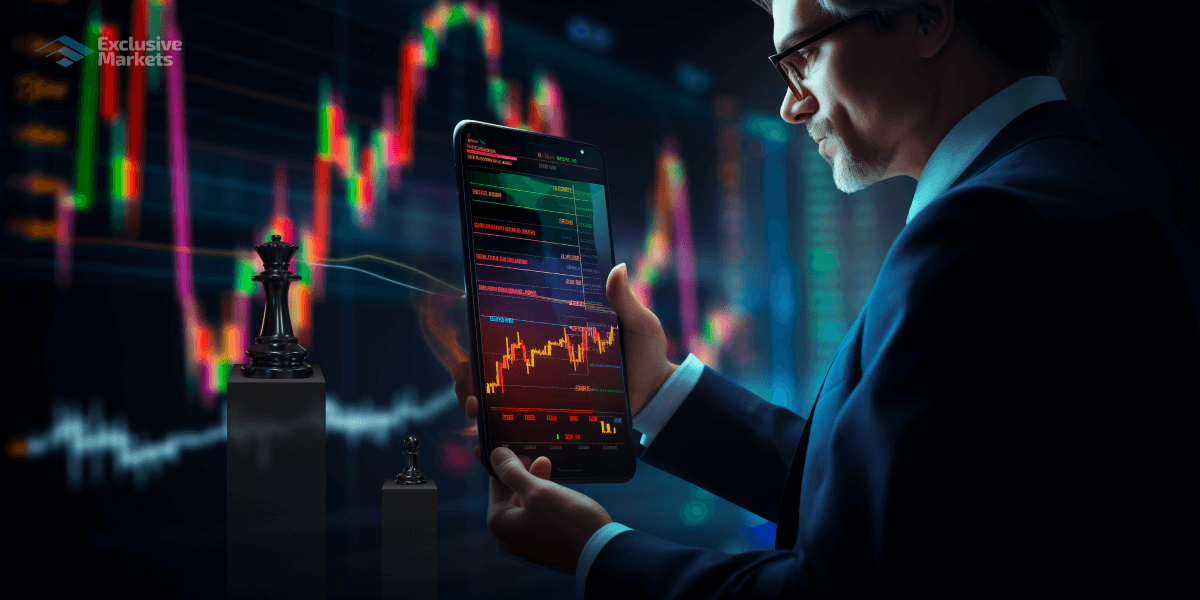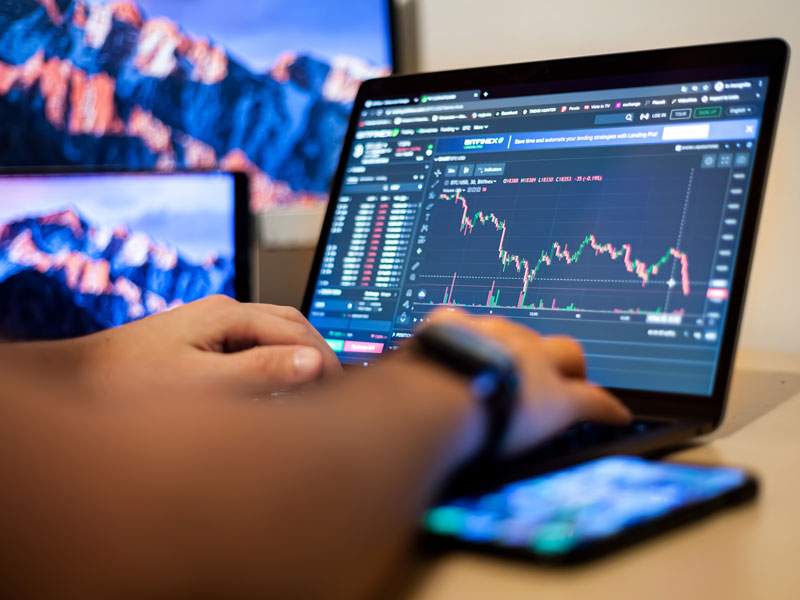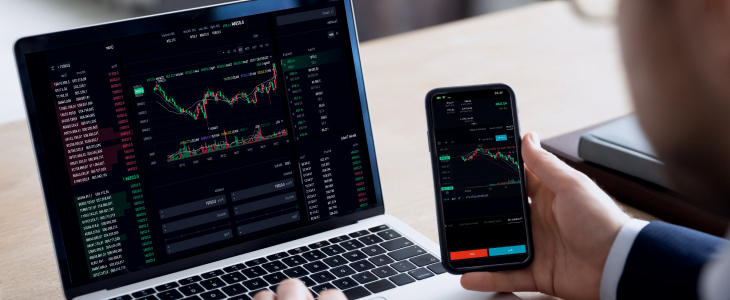
The Evolution and Benefits of Automated Forex Trading
In today’s fast-paced financial markets, the rise of automated forex trading Turkey Brokers and automated Forex trading systems has revolutionized the way traders approach currency trading. Automation in Forex has not only made trading more accessible to the average participant but also enhanced efficiency and effectiveness in executing trades. This article explores the evolution of automated Forex trading, its benefits, and considerations for traders looking to implement this technology into their trading strategies.
The Genesis of Automated Forex Trading
Automated trading systems emerged in the 1970s, primarily as a means for institutional traders to execute large volumes of trades with speed and precision. Initially, these systems were executed in the form of algorithms that ran on mainframe computers. As technology advanced, particularly with the advent of personal computers and the Internet in the 1990s, automated trading began to permeate retail trading as well.
At its core, automated Forex trading involves the use of software programs, known as trading robots or Expert Advisors (EAs), which use algorithms to analyze market dynamics and execute trades on behalf of the trader. One of the most significant advances in this domain occurred with the introduction of the MetaTrader platform, which allowed traders to not only execute trades but also build and backtest their trading strategies.
Benefits of Automated Forex Trading
1. Emotionless Trading
One of the primary benefits of automated Forex trading is the elimination of emotional trading. Many traders struggle with emotions like fear and greed, which can lead to impulsive decisions and costly mistakes. Automated systems follow predefined rules and parameters without emotional interference, ensuring that trades are executed based on logic rather than human intuition.
2. 24/7 Market Coverage

The Forex market operates 24 hours a day, five days a week. This continuous market activity can be challenging for traders who cannot monitor their positions around the clock. Automated trading allows traders to have their systems monitor the market even when they are not actively engaged, capturing potential opportunities in different time zones without requiring constant attention.
3. Backtesting Capabilities
One of the key advantages of automated trading systems is the ability to backtest strategies using historical data. This allows traders to evaluate the performance of their strategies under various market conditions, helping them refine their approach before committing real capital. Backtesting can provide insights into potential weaknesses in a trading system, enabling adjustments to be made before implementing a live trading strategy.
4. Increased Efficiency and Speed
Automated trading systems can execute trades nearly instantaneously based on market conditions, often outperforming manual execution. This speed allows traders to take advantage of fleeting opportunities in the market and helps ensure that trades are executed at the most favorable prices.
5. Diversification of Portfolio
Traders can use automated systems to manage multiple accounts and different trading strategies simultaneously. This diversification can help to spread risk across various assets and mitigate potential losses associated with a single trading strategy or market condition.
Considerations When Using Automated Trading Systems
1. Technical Failures

Though automated trading systems come with many benefits, they are not without their risks. Technical failures, such as software glitches or connectivity issues, can lead to unintended consequences, including missed trades or execution errors. It is crucial for traders to have contingency plans in place to deal with potential technical failures.
2. Dependence on Technology
Automated trading requires a reliance on technology, which can be daunting for traders who may lack technical expertise. Understanding how the system works, its limitations, and how to troubleshoot potential issues is critical to successful implementation.
3. Market Changes and Adaptability
Financial markets are dynamic; what works today may not necessarily work tomorrow. Automated trading systems require regular monitoring and updates to accommodate market changes. Traders should be prepared to adapt their strategies and fine-tune their algorithms to suit changing market conditions.
Choosing the Right Automated Trading System
With the myriad of automated trading systems available, selecting the right one can be daunting. Traders should consider the following factors when choosing a system:
- Reputation and Reviews: Investigate the reputation of the trading platform in the trading community. User reviews and testimonials can provide valuable insights into the performance and reliability of the service.
- Ease of Use: A user-friendly interface is essential for traders to effectively manage their systems, especially if they need to make adjustments quickly.
- Customization Options: The ability to customize the trading algorithms according to personal trading strategies is crucial for gaining a competitive edge.
- Support and Resources: Access to customer support and educational resources can greatly enhance a trader’s ability to utilize automated trading systems effectively.
Conclusion
Automated Forex trading has transformed the trading landscape by providing retail traders with powerful tools that leverage technology to enhance trading efficiency and success. While it offers many advantages, traders must approach this technology with a clear understanding of its risks and challenges. Conducting thorough research, maintaining awareness of market conditions, and regularly updating trading strategies are essential components for success in the realm of automated Forex trading. By harnessing the power of automation, traders can aim for greater consistency, increased profitability, and a more disciplined approach to Forex trading.
